The recent violent protests that have rocked Pakistan-occupied Kashmir (PoK) have torn apart the illusion of autonomy granted to the region that Pakistan has long projected to the world. What began as a protest against the glaring disparity between the lavish lifestyles of PoK’s ruling elite and the grinding poverty of its people turned into a sustained movement aimed at reclaiming back the dignity of life along with the trampled political rights of the common people that Pakistan and its ruling elites have brutally repressed for decades.
History of the Conflict
The simmering discontent erupted in 2019 when a viral video from Muzaffarabad captured a government vehicle—bearing a green number plate and flashing blue siren—being used to transport a pet dog, while ordinary citizens struggled to afford basic necessities. “Is this how our taxes are being utilised?” a protester shouted, as an outraged crowd surrounded the vehicle.
This incident struck a deep chord in a population long accustomed to seeing public resources misused for personal luxury. The anger only intensified when it emerged that, in June 2020, the PoK government had approved the purchase of a Mercedes-Benz S500 4MATIC worth over PKR 100 million for the region’s “President” even as officials complained of budget cuts to health, education, and infrastructure. Such glaring extravagance in the midst of deprivation became a rallying cry for the movement, encapsulating decades of resentment over Islamabad’s systematic plunder of the region’s resources while keeping its people impoverished.
This culminated in a 38-point charter of demand list that AAC put forth to the Pakistan government, but after their demands repeatedly fell on deaf ears, mass protests broke out initially in May last year. The Pakistan government rushed to pacify the protestors after Prime Minister Shehbaz Sharif then announced a PKR 23 billion subsidy package for PoK. This included subsidised wheat and reduced electricity tariffs at PKR 3 per unit for low-income households, PKR 5 for moderate consumption, and PKR 6 for higher usage. However, as is often the case in Pakistan’s governance playbook, the relief was largely illusory.
Impact Shorts
More ShortsWhile Islamabad used the announcement to calm tensions and project benevolence, implementation was partial and opaque. Protest leaders accused the government of reneging on its commitments. They alleged that the electricity supply became erratic, voltage was reduced, and bureaucratic hurdles delayed the distribution of subsidised flour. The temporary concessions proved to be a political smokescreen rather than a sustainable solution.
As resentment mounted, the government once again reached for familiar tools of repression with internet blackouts, road blockades, and brutal crackdowns to arrest protest leaders. Internet services were suspended across PoK to curb coordination among protesters, and the roads leading to Muzaffarabad were sealed off by security forces. Yet, the public defied these restrictions. Caravans of demonstrators pushed through barricades, marching toward the capital in what became one of the most defiant acts of civil disobedience in the region’s history.
This year the protests have further evolved into a mass political awakening, laying bare the extent of Islamabad’s economic exploitation, political repression, and institutional neglect of the region’s people. With more than a dozen civilians dead and over two hundred fifty injured, the protests have exposed not merely a local governance crisis but the deeper structural rot in Pakistan’s colonial-style administration of PoK.
At the heart of the agitation lies once again the 38-point charter of demands presented by the Jammu Kashmir Joint Awami Action Committee (JKJAAC), a civil society coalition. These demands go far beyond economic grievances. They call for subsidised wheat flour, electricity at hydropower generation cost, free healthcare and education, and an end to the elite privileges that define the region’s ruling order. Protesters have also demanded the abolition of twelve legislative seats reserved for Kashmiri refugees settled in Pakistan, which they denounce as a “colonial relic” engineered to manipulate PoK’s political structure in Islamabad’s favour.
In an impassioned statement, JKJAAC leader Shaukat Nawaz Mir declared that “Azad Kashmir is not free but shackled by decades of exploitation and repression,” capturing the sentiment that now defines the movement. What once masqueraded as a campaign for cheaper flour and power has now become a revolt against decades of Pakistani control. Many political experts within Pakistan view it as a pivotal moment of political reckoning that challenges the very foundations of Islamabad’s claim over the territory.
Economic Exploitation
At the core of the region’s economic injustice lies the Mangla Dam, one of Pakistan’s largest hydroelectric projects, located squarely within PoK territory. Constructed in the 1960s and later expanded, the dam transformed the region into one of Pakistan’s key power suppliers. Yet, the people of PoK have reaped none of the benefits of the electricity generated from their own waters.
The construction of Mangla Dam displaced tens of thousands of residents, submerging fertile lands, ancestral homes, and the historic city of Mirpur under water. Decades later, those who were uprooted remain uncompensated or inadequately resettled, while Pakistan continues to siphon off electricity to fuel its industries and cities.
Adding insult to injury, Islamabad refuses to pay PoK its rightful Net Hydel Profit (NHP), the royalty due to provinces for power generated from their territory. Citing a “technical issue”, Pakistan’s federal government argues that Article 157 of its Constitution allows royalty payments only to provinces, and since PoK is not one, it cannot legally receive the share. This bureaucratic sleight of hand has allowed Pakistan to plunder the region’s natural wealth while denying its people their due, reducing PoK to a colonial outpost rather than a self-governing entity.
Systematic Repression
For years, Pakistan has showcased so-called “Azad Kashmir” as a semi-autonomous territory enjoying self-governance under Islamabad’s benevolent oversight. The current uprising has shredded this façade. The people of PoK have made it clear that they no longer see themselves as passive subjects of Pakistan’s control.
From Muzaffarabad to Mirpur to Neelum and Kotli, the protests have spread across the region, uniting traders, shopkeepers, farmers, and students under one banner, all seeking political accountability. The movement is unprecedented in its scope and independence, as it is non-partisan, led by citizens rather than political parties, and openly challenges Pakistan’s military establishment, a rarity in Pakistan’s political landscape.
Behind PoK’s simmering unrest lies an entrenched system of repression. Under the so-called “Interim Constitution”, only candidates who pledge allegiance to Pakistan and its claim over Kashmir are allowed to contest elections. This ideological vetting ensures that Islamabad’s narrative remains unchallenged, rendering PoK’s political system a façade of democracy.
Human rights organisations, including Amnesty International, Human Rights Watch and UN OHCHR, have long documented arbitrary arrests, intimidation, and suppression of dissent. Journalists and activists who question Pakistan’s hold over the territory face harassment, detention, or worse. So, it is no surprise that the latest protests were also met with a brutal response from police and Pakistan paramilitary forces as they opened fire on unarmed demonstrators, killing and injuring civilians, including women and children.
Such actions have unmasked the hypocrisy of Pakistan. While Islamabad cries foul over alleged human rights violations across the Line of Control, it continues to crush dissent and exploit its occupied population under the guise of “Azadi”.
Pakistani political experts like Raza Rumi and Zaigham Khan have identified the deeper structural issues behind the crisis engulfing Pakistan. They argue that PoK, like other strategically significant regions such as Gilgit-Baltistan and Balochistan, operates under a parallel administrative and economic framework designed to facilitate federal extraction without granting genuine autonomy.
Tax exemptions, smuggling networks, and unregulated trade benefit only the politically connected, while ordinary citizens are denied both representation and services. Pakistan’s political-military elite nexus are the sole profiteers from these disparities through land grabs, resource contracts, and misuse of public funds. As per Khan, the principle of “no taxation without representation” has been inverted in PoK as people are taxed indirectly through resource exploitation yet have no real voice in Pakistan’s parliament.
This “separate economy”, as Khan further described, functions as an enclave of corruption and coercion, one that enriches Islamabad’s elite while keeping PoK economically dependent and politically silenced.
The PKR 23 billion subsidy that Islamabad reluctantly approved after bloodshed last year was not only unsustainable but also politically reckless. The International Monetary Fund (IMF), already pressuring Pakistan to cut subsidies, questioned the decision at a time when the country faced one of its worst fiscal crises. Redirecting funds from disaster relief to subsidise a politically motivated package underscored Islamabad’s desperation to quell unrest rather than address systemic inequality.
Economists and policy analysts had warned that such measures merely postpone the inevitable. Without structural reforms, fiscal transparency, and a fair revenue-sharing mechanism, PoK will continue to oscillate between rebellion and repression, a cycle that erodes both public trust and national stability.
Culmination of Decades of Plunder
The protests in Pakistan-occupied Kashmir mark a watershed moment. They are not an isolated outburst but the culmination of decades of economic plunder, political suppression, and cultural humiliation. From the submergence of Mirpur under Mangla’s waters to the denial of hydel royalties and the silencing of dissenting voices, Islamabad has treated PoK purely as a subjugated colony.
The people’s 38-point demand, in essence, is a cry for a life of dignity and not as subjects of an occupying power. As bodies fell and protests raged on, the world should no longer ignore the bitter truth that the so-called “Azad” Kashmir is neither free nor autonomous. It is a territory shackled by Islamabad’s exploitative policies, ruled by elites who travel in Mercedes while the common man bleeds on the streets.
The uprising in PoK is not just a revolt against price hikes. It is a rebellion against a system built on deception, denial, and decades of betrayal, a movement that has finally exposed Pakistan’s brutal exploitation of the land it falsely calls “Azad”.
Raja Muneeb is an independent journalist and columnist. He tweets @rajamuneeb. The views expressed in this article are personal and solely those of the author. They do not necessarily reflect the views of Firstpost.


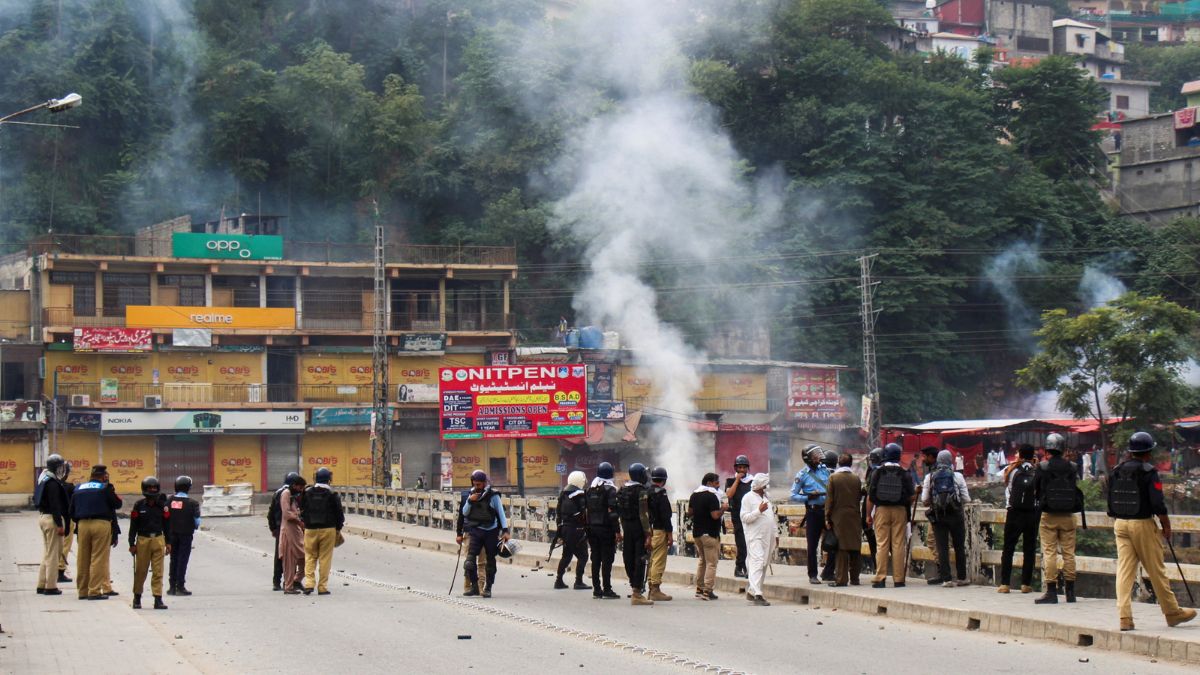)
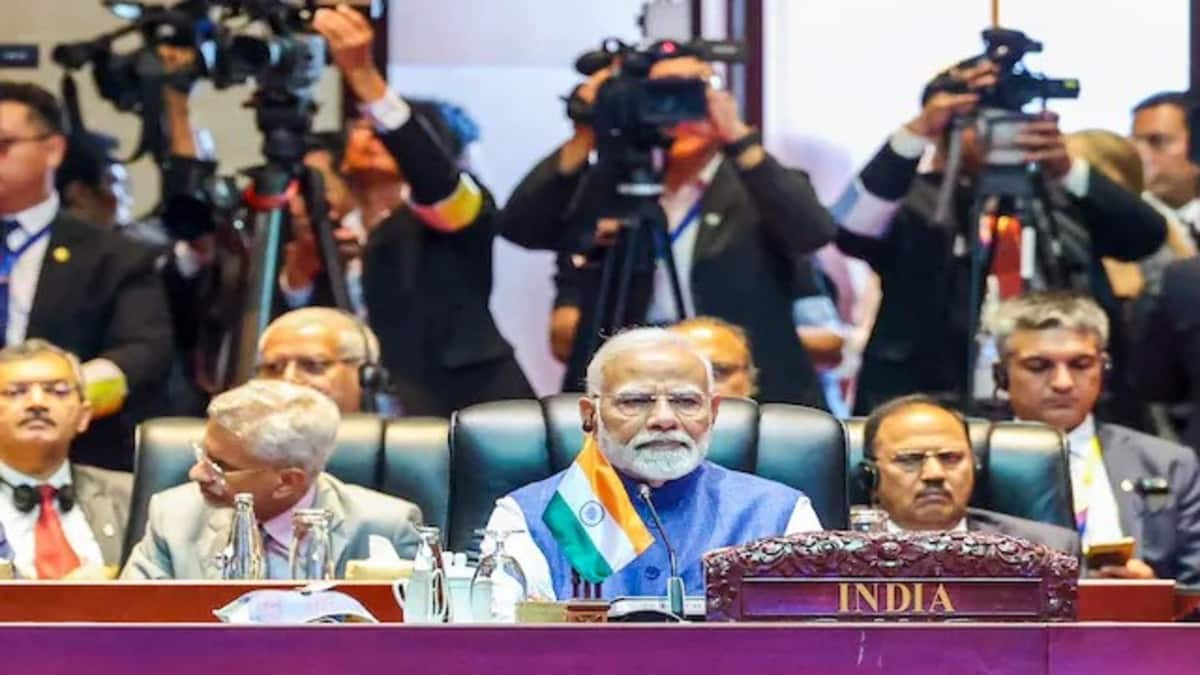
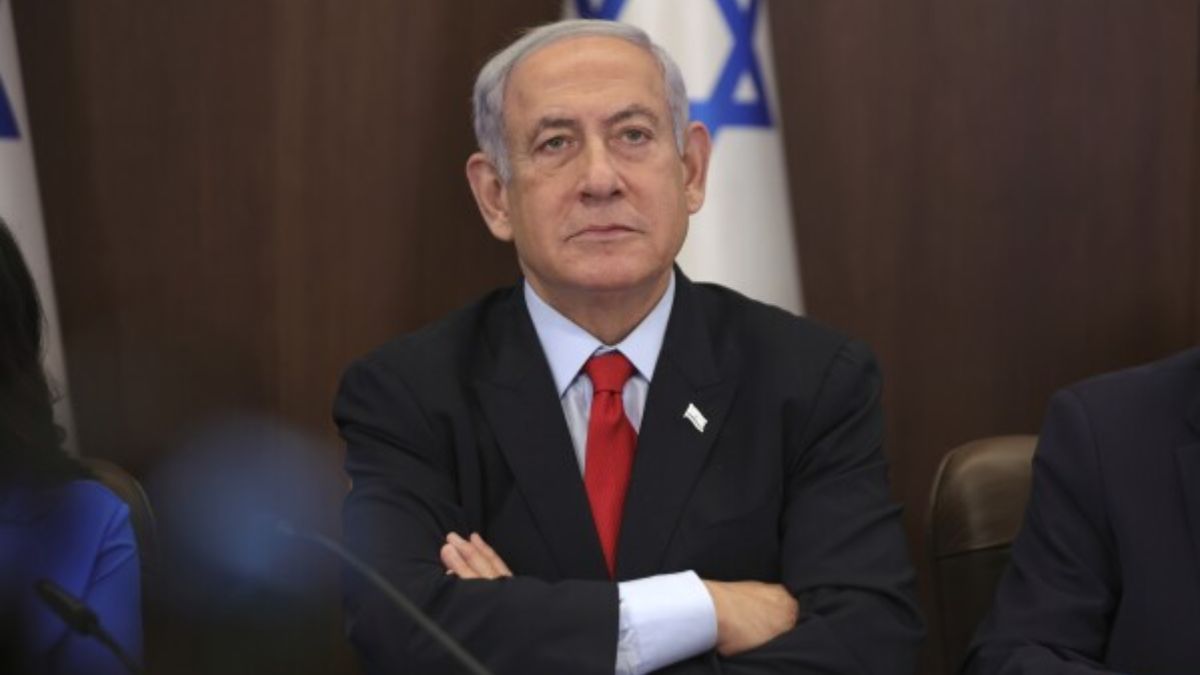)
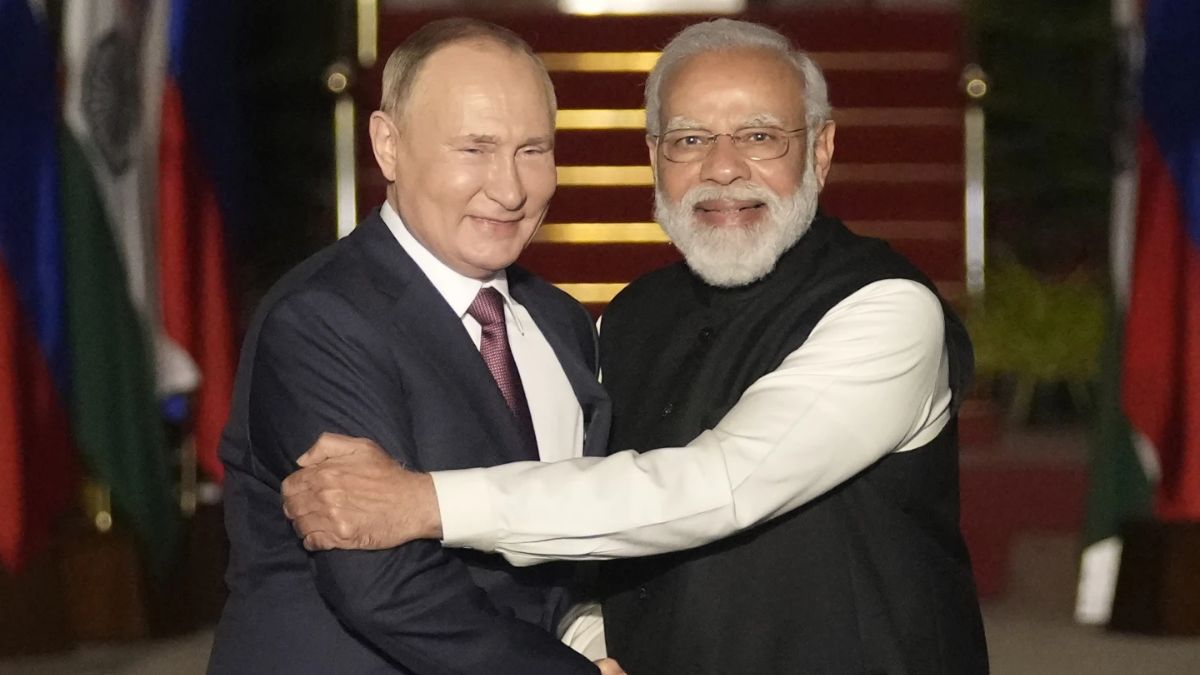)
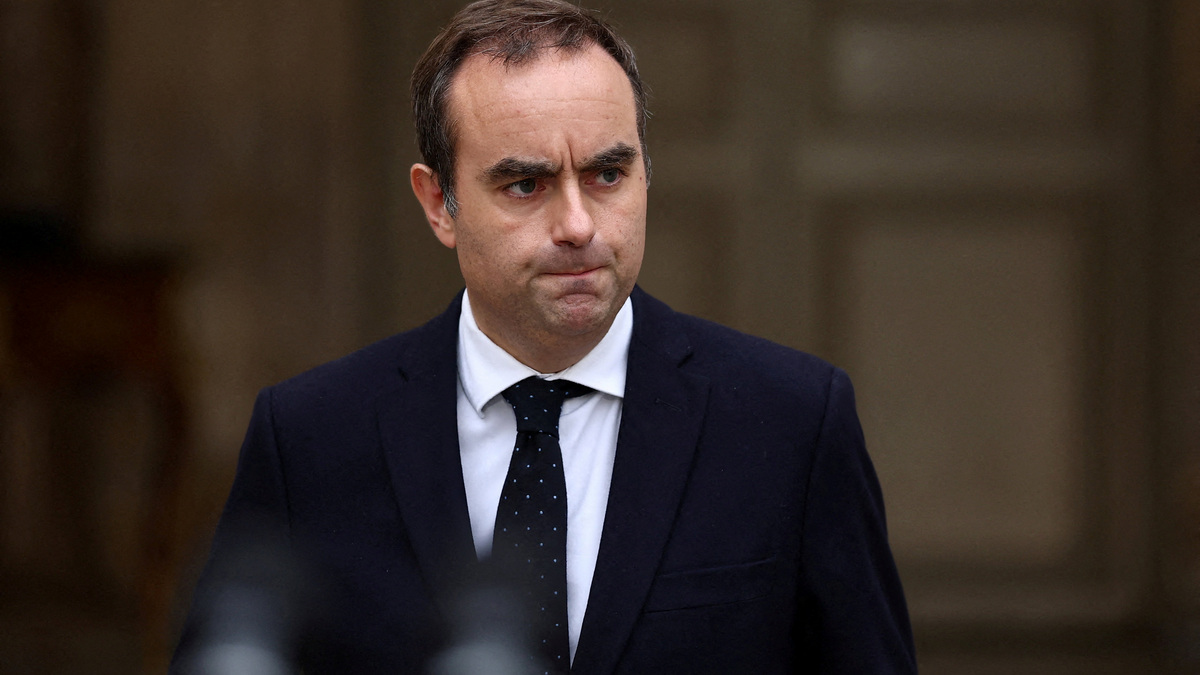)
)
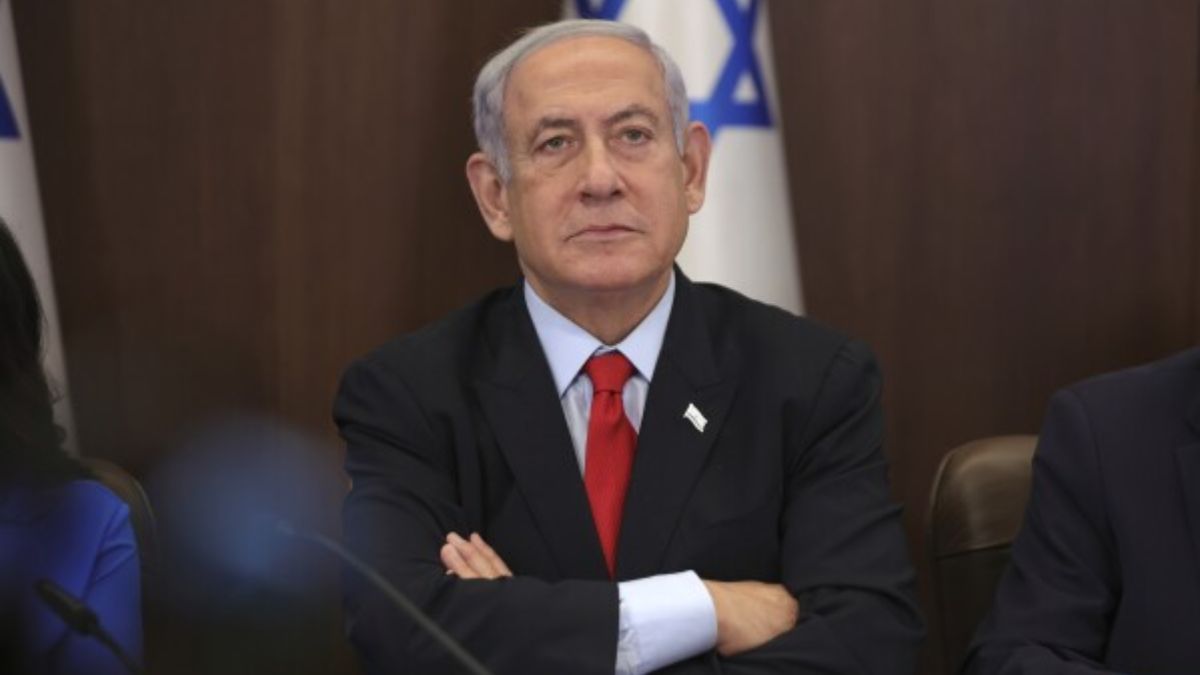)
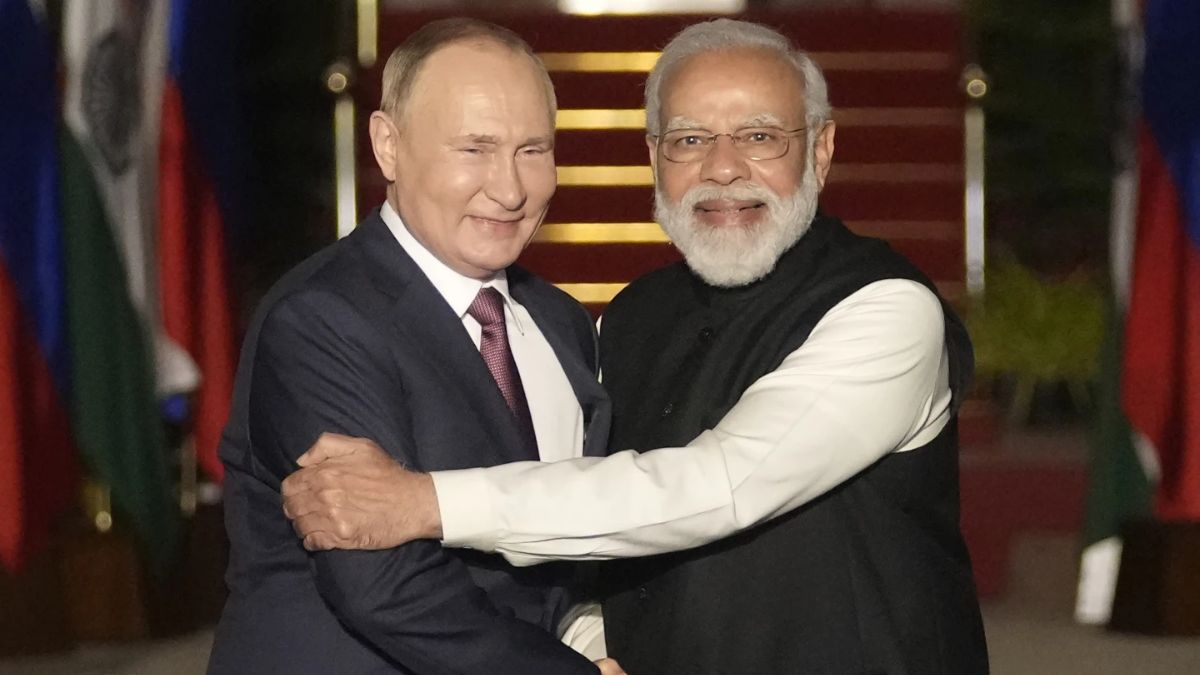)
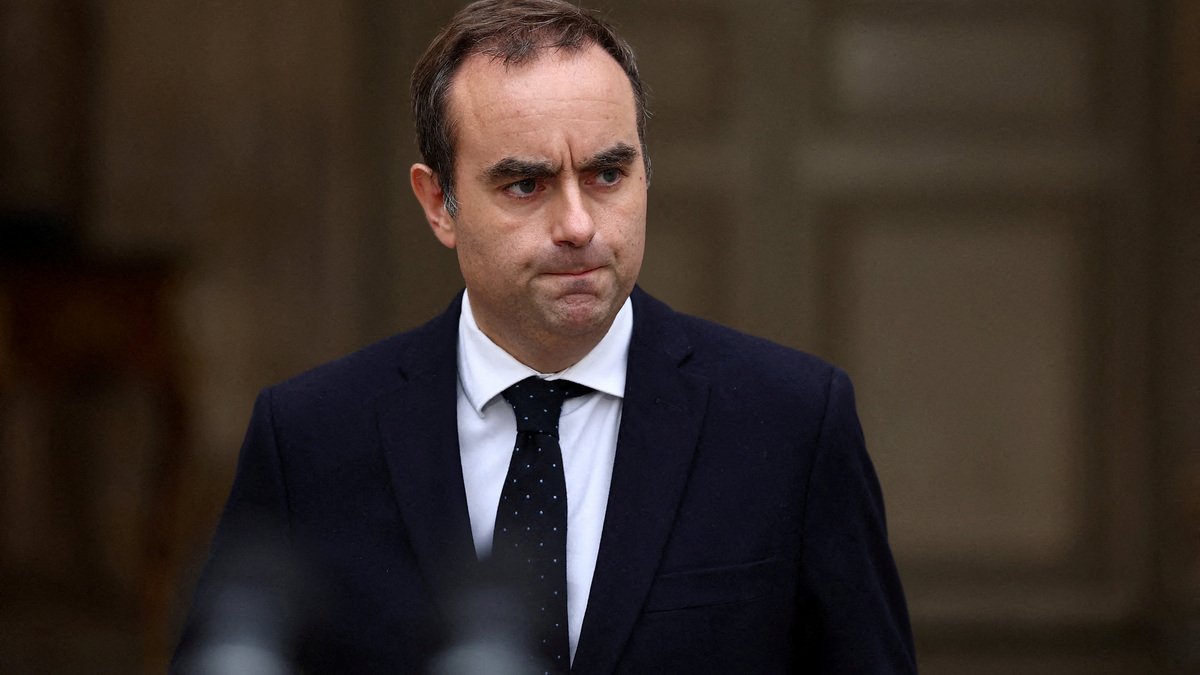)
)



